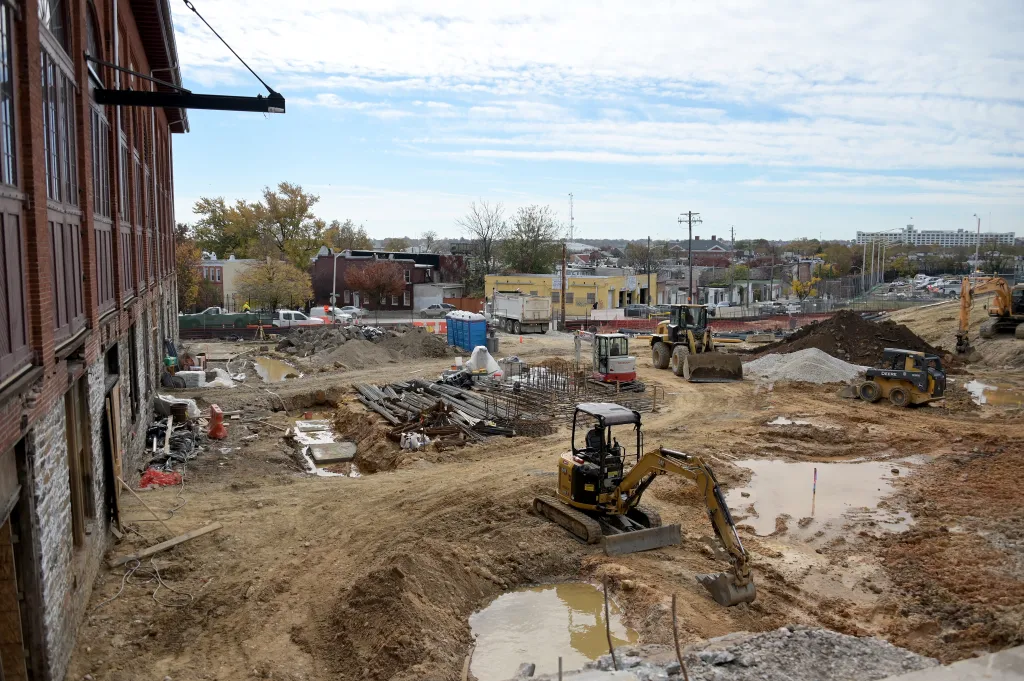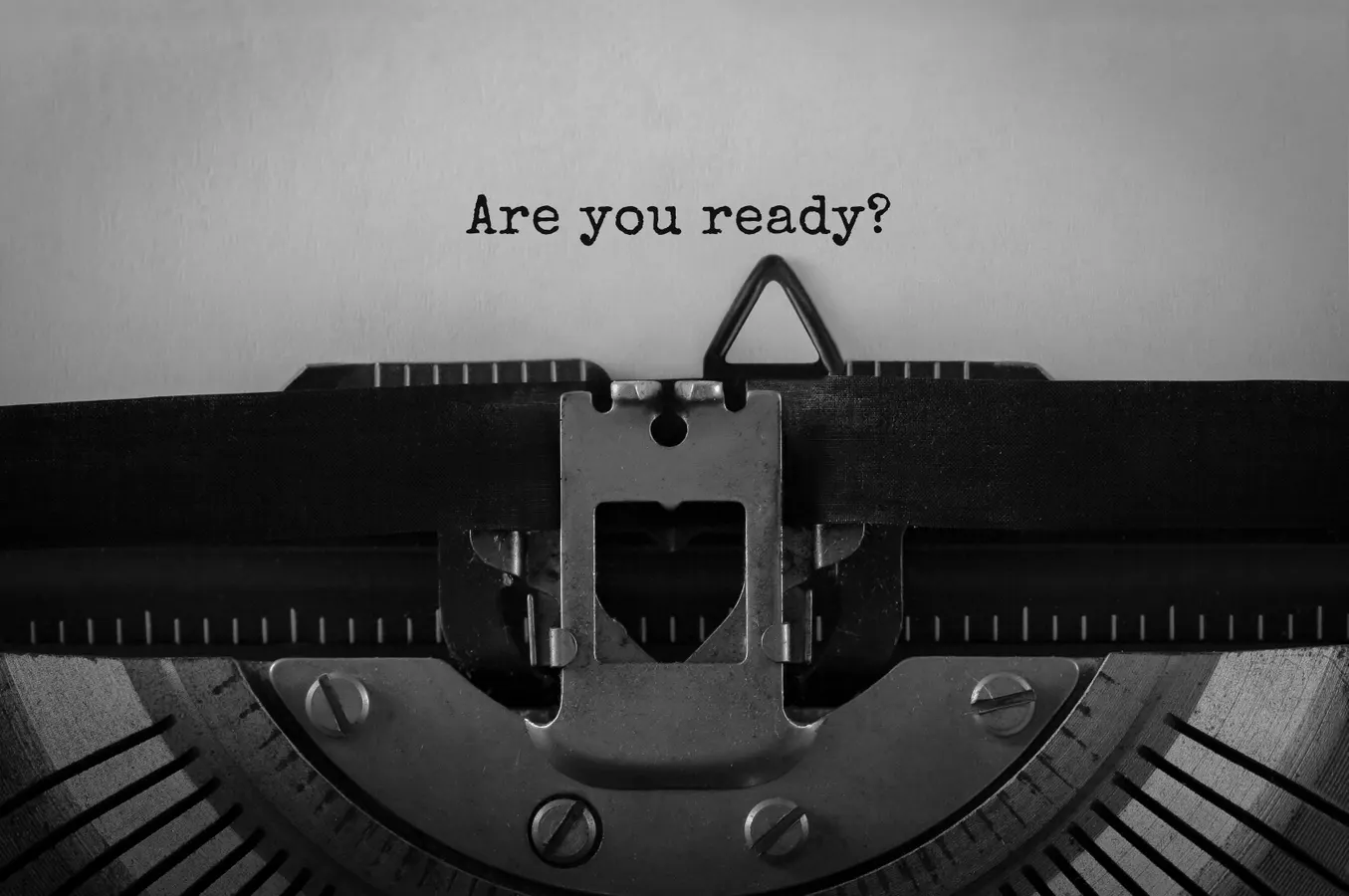Copyright Baltimore Sun

Earth movers and dump trucks are so frenetic in Southwest Baltimore that it seems like they’ve got a train to catch. They do. The B&O Museum is hurrying toward a remake of its historic campus in time for the celebration of the 200th anniversary of the founding of the rail line, nearly 15 months away. “This is transformative for us,” said Kris Hoellen, the museum’s director. “And it’s transformative for Southwest Baltimore.” This is no ordinary collection. The museum says it owns the most comprehensive collection of 19th-century rail rolling stock in the Western Hemisphere. Yet, because of current space constraints, it does not have room to display and engage its visitors about new railroad technological innovations. The most visible evidence of change is a big excavation, a big, deep crater on the Pigtown flank of the museum. It’s near South Arlington Avenue, a block or so off Washington Boulevard. This is a side of the museum campus that visitors rarely see, but museum officials and their architects feel this hidden backyard offers a promising opportunity and a dramatic new portal. The museum found itself in a good place when it moved its hands-on restoration operation to another building near the Carroll Mansion in Carroll Park. This gave them what every museum craves — more space. When finished, the museum will have a huge Innovation Hall, a sprawling space which will exhibit the present and future of railroading technology using child-friendly interactive exhibits. In the process, the museum will restore a structure known as the South Car Works building. It is defined as “the oldest, continuously operating railroad repair facility in the United States, if not the world.” It operated from 1869 to 1990. The restoration of this roomy 33,000-square-foot building (you could play a game of football under the roof) will transform it into a new entrance to the museum. And the museum will reconfigure its campus to face Southwest Baltimore, a change from the Pratt and Poppleton streets’ current entry point. To reach the hall, there will be a new entrance through an amphitheater and landscaped area to be christened the CSX Bicentennial Garden. To achieve this, a foreboding retaining wall had to be removed. Behind that were tons of fill dirt that once supported trains operating, exiting and entering the repair shop. Museum officials hope this effort will be a catalyst for the revitalization of the surrounding neighborhood. Over the next year, landscapers will add a tiered, tree-lined terrace available for public concerts or movie nights. “Or it will be just a place to eat lunch,” said Hoellen, the director. “We look for it to become a vibrant event space and provide a fresh, new location to welcome our visitors. It will also be free for community use.” The project also includes a space for the museum’s now cramped archives, the business history of one of Baltimore’s largest employers. The ground floor of the innovation center will become the home to some 30 million documents and 200,000 photos. Watch for some of the gems of the collection will be on view for the first time, such as President Abraham Lincoln’s letters to B&O officials during the Civil War. The archive will also allow access for researchers to study the Museum’s invaluable historical collections and students to learn about railroading careers and history. Donors include CSX Transportation, State of Maryland, Watkins Family Foundation, the Marvin Weiner Foundation, Harbor Bank, Bank of America, the Bunting Family Foundation, Sherman Family Foundation, France-Merrick Foundation, Posner Foundation of Pittsburgh, Truist Charitable Fund, Allegis Foundation, South Baltimore Gateway Partnership, Fancy Hill Foundation and members of the Museum’s Board of Directors. The museum has raised $28 million of the $38 million total. “I’m confident we will reach our goal,” Hoellen said. All this work comes at a busy time for the museum. Some of its heaviest volume of visitor traffic comes at Thanksgiving, when the Polar Express arrives. Families arrive for the holiday experience, filling all available parking. The newly configured museum will hold back, a least for a few minutes, the experience of stepping into its majestic and soaring circular car repair shop, or roundhouse. Now, visitors walk in off Pratt Street and encounter this amazing space with the oldest preserved B&O locomotives on view. In the future, this will become the final spot visited and preserve the big bang, or finale, for the end. “The crown jewel will be saved for last,” said Hoellen of her rail empire.



